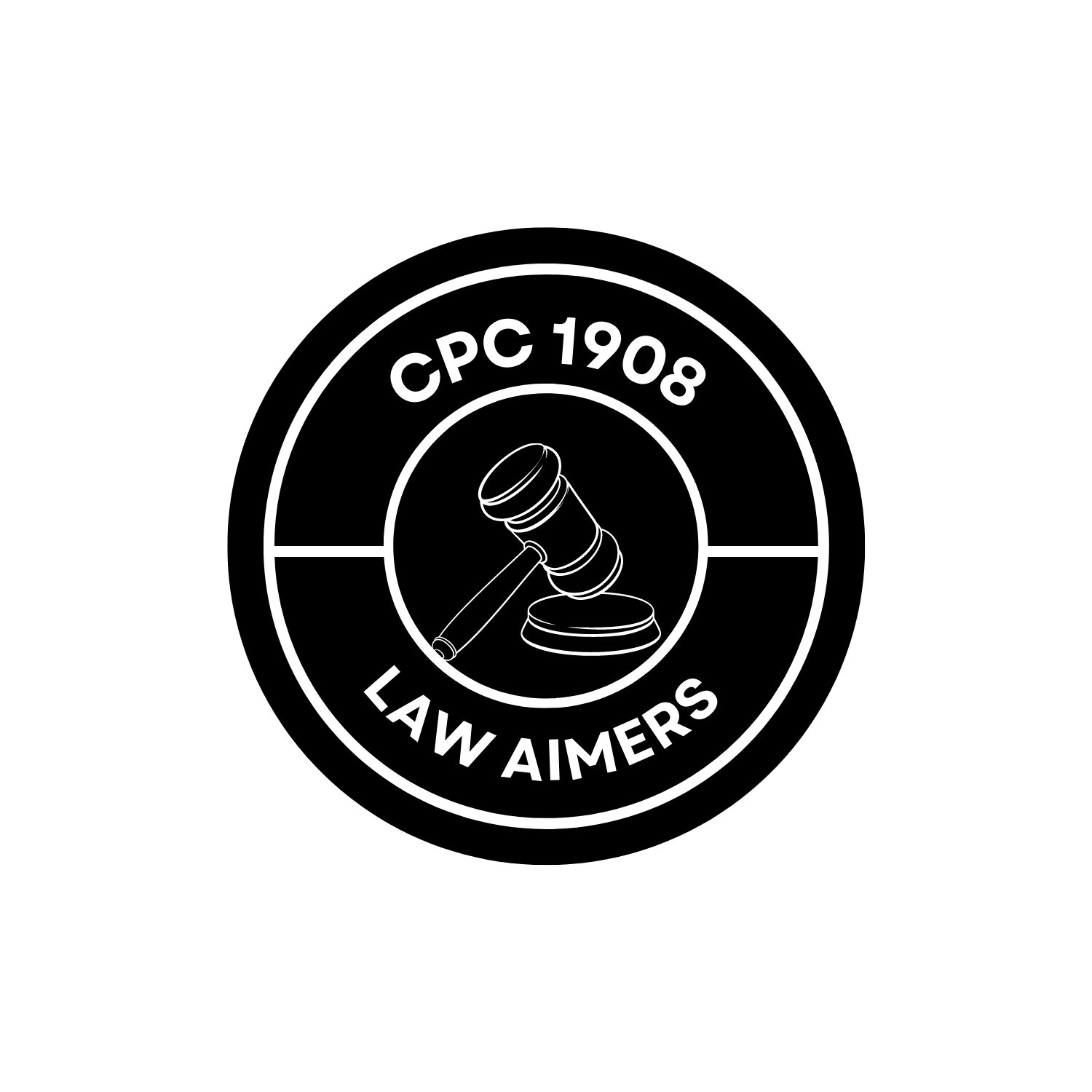The Memorandum of Association (MOA) and Articles of Association (AOA) are two vital documents that govern the internal and external affairs of a company. These documents are a fundamental part of a company’s constitution and provide a framework for its operations.
Memorandum of Association (MOA)
- Purpose: The MOA defines the company’s fundamental objectives and the scope of its activities. It outlines the company’s reason for existence and what it can and cannot do.
- Contents: The MOA typically includes the following clauses:
- Name Clause: Specifies the company’s name.
- Registered Office Clause: States the registered office location.
- Object Clause: Details the main and ancillary objects for which the company is formed.
- Liability Clause: Describes the liability of members (limited or unlimited).
- Capital Clause: States the authorized and nominal capital of the company.
- Association Clause: Confirms that subscribers are willing to form the company and become members.
- Alteration: Altering the MOA typically requires a special resolution passed by the company’s shareholders and, in certain cases, approval from the Central Government. Changes to the MOA must be consistent with the Companies Act, 2013.
- Binding Authority: The MOA is the company’s most important document, and all external parties dealing with the company must rely on and adhere to the provisions stated in the MOA.
- Hierarchy: It is the supreme document, and the Articles of Association must conform to and cannot override the MOA.
Articles of Association (AOA)
- Purpose: The AOA lays out the rules and regulations for the internal management and administration of the company. It governs how the company will operate on a day-to-day basis.
- Contents: The AOA typically includes provisions related to:
- Shareholders’ rights and duties.
- Directors’ powers and responsibilities.
- Conduct of board meetings and general meetings.
- Voting rights of shareholders.
- Dividends and capitalization of profits.
- Transfer of shares.
- Appointment and removal of directors.
- Borrowing powers.
- Audits and financial reporting.
- Alteration: Altering the AOA requires a special resolution passed by the company’s shareholders. However, changes to the AOA must not contradict the MOA or the Companies Act, 2013.
- Binding Authority: The AOA primarily concerns the internal functioning of the company and governs the relationships between the company and its shareholders and between the shareholders themselves.
- Hierarchy: The AOA is subordinate to the MOA. In case of any conflict between the two documents, the provisions of the MOA prevail.
Differences Between Memorandum of Association (MOA) and Articles of Association (AOA)
| BASIS FOR COMPARISON | Memorandum of Association (MOA) | Articles of Association (AOA) |
|---|---|---|
| Purpose | Defines the company's objectives and activities. | Contains rules and regulations for internal management. |
| Legal Status | Primary and supreme document. | Subsidiary to the MOA. |
| Alteration Process | Requires special resolution and may need Central Government approval for certain changes. | Requires a special resolution and filing with the Registrar of Companies (RoC). No Central Government approval typically needed. |
| External Affairs | Deals with the company's relationship with external stakeholders, such as shareholders, creditors, and the public. | Primarily concerned with internal company matters, such as meetings, appointments, and procedures. |
| Scope of Changes | Can be altered to change the company's objects or activities with necessary approvals. | Altered to regulate the internal functioning of the company. |
| Binding Authority | Overrides the AOA in case of a conflict between the two documents. | Must conform to and cannot override the MOA. |
| Legal Notice Requirements | May require notice to creditors or publication in newspapers when altering certain clauses. | Typically, no notice to external parties or publication requirements. |
| Legal Hierarchy | Superior to AOA. | Subordinate to MOA. |
| Relevance in Legal Disputes | Relevant in legal disputes related to company objects and activities. | Relevant in disputes over internal company governance and management. |





